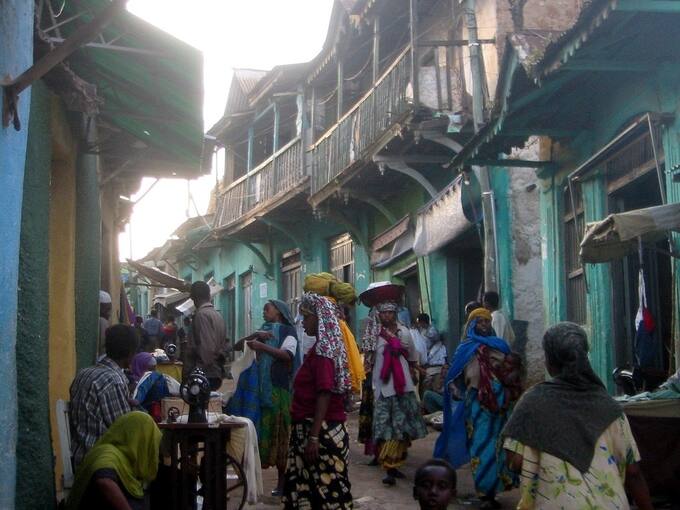The town of Harar dates from before the thirteenth century. Its strategic location between the coastal lowlands and central highlands led to its development as an important centre of Islamic culture and commerce. A period of instability led to a loss of its traditional power between the sixteenth and eighteenth centuries but it regained its importance in the following century.
Until the present century, all development took place inside the sixteenth-century walls, where even now the population is growing. Although the modern town slowly expanded outside the walls, Harar has preserved generally a harmonious appearance with nearly a hundred mosques. Old Harar is one of the few towns in Ethiopia that owe their overall aspect to Islamic building traditions. At the same time, it preserves an exotic mixture of different Ethiopian cultures.
Plan of action
The character of the Old Town should be preserved, while at the same time the infrastructure and housing conditions have to be improved. The restoration of the town wall, a compound of traditional Adari houses, and the house of the French poet Rimbaud, - which was included in the restoration programme- has been completed. " Rimbaud's House " has been restored by France and is now a cultural centre.
The region of the Upper Awash River located to the south of Addis Ababa comprises a remarkable number of archaeological sites. They include the prehistoric site of Melka Konture dating back 2 million years, thousands of carved stelae and the rock-hewn church of Adadi Maryam.
